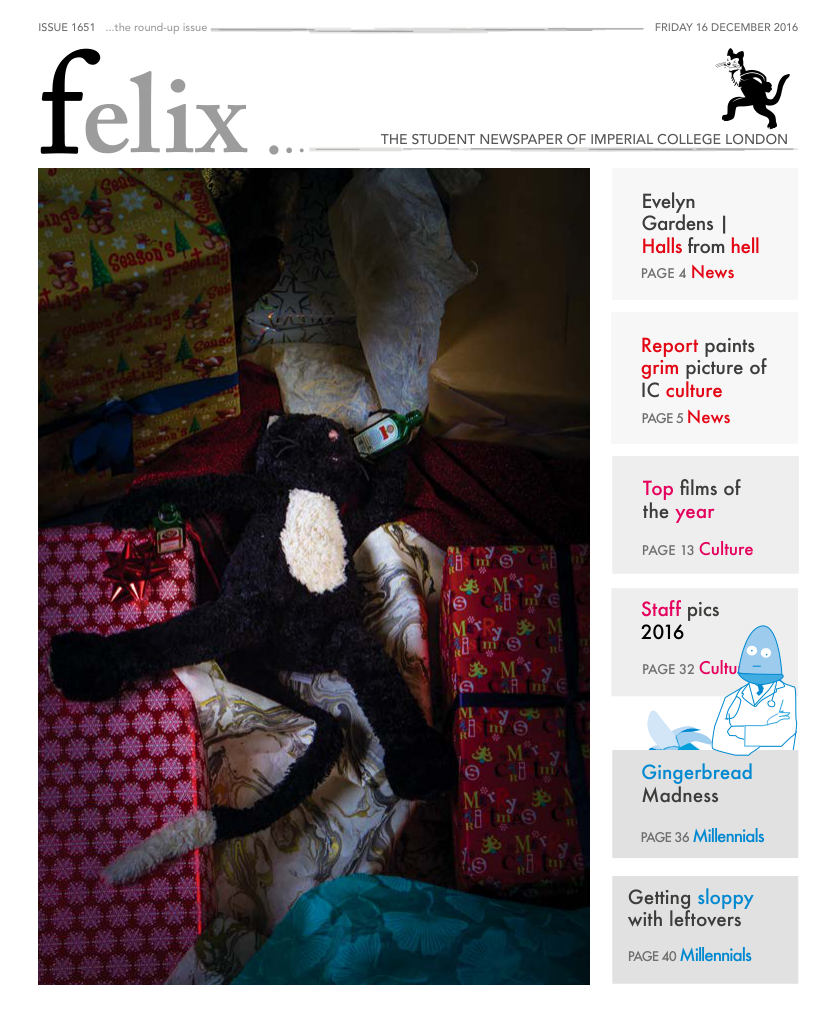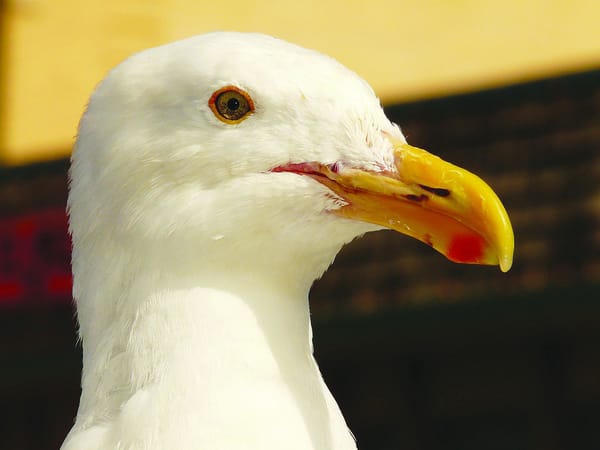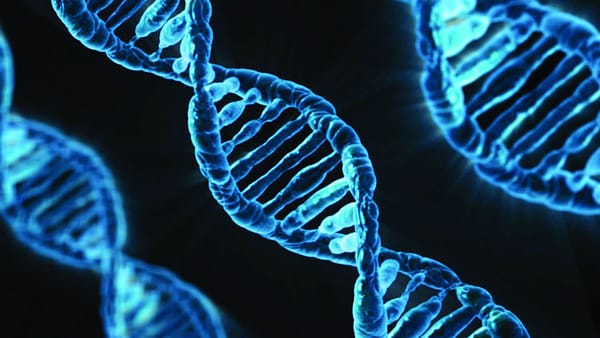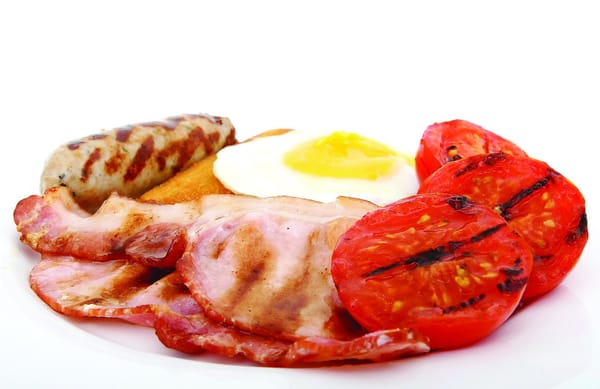Harnessing bacterial defences to disrupt infectious biofilms
Research from Caltech and the University of Oxford has identified a mycobacterial protein that inhibits biofilms of Pseudomonas aeruginosa, the major pathogen in cystic fibrosis
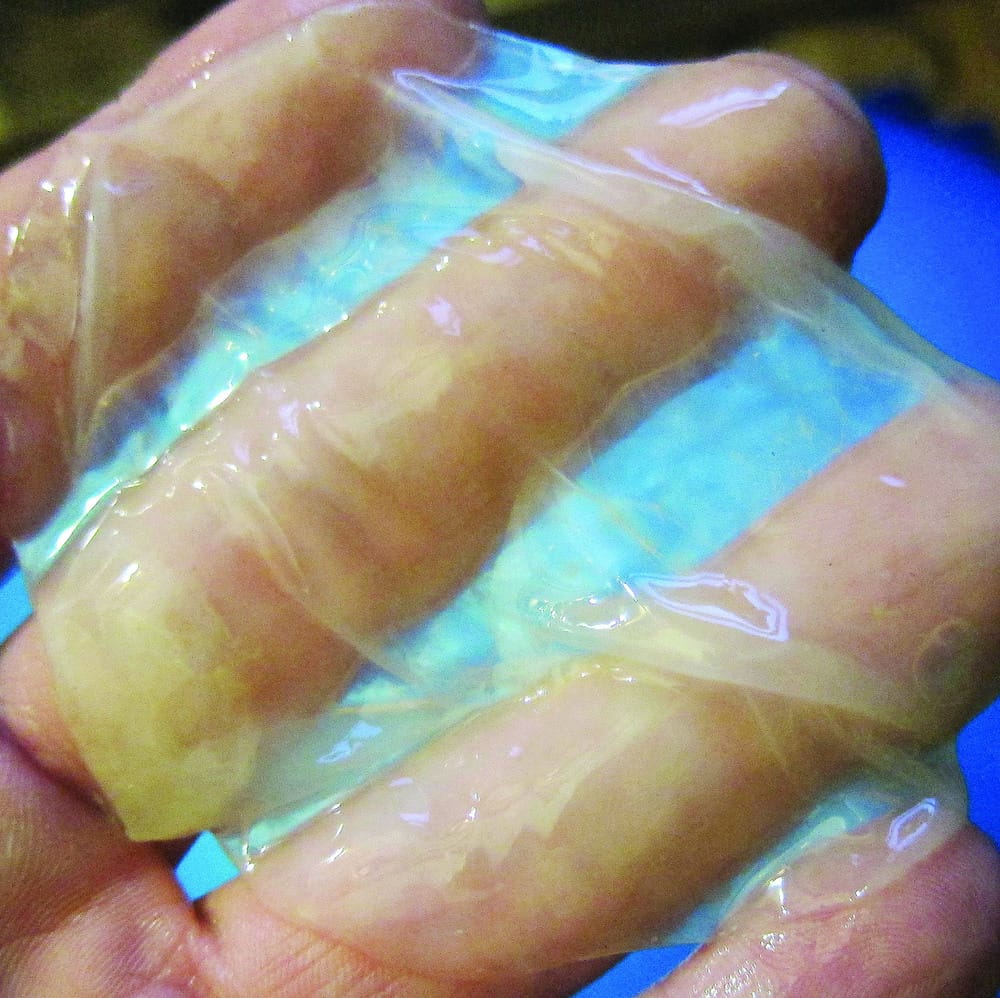
Pseudomonas aeruginosa is a bacterium of considerable medical importance. It is the archetypal “multi-drug resistant (MDR) pathogen”, known for its extreme antibiotic resistance, broad host range, and an association with serious illnesses including sepsis and hospital-acquired infections, prominent among which is the life-threatening condition cystic fibrosis. Key to P. aeruginosa’s natural success is its ability to grow in complex microbial communities known as biofilms, in which bacterial cells are tightly adhered to each other in a sticky self-secreted matrix. This matrix, containing primarily proteins, polysaccharides and extracellular DNA, confers a high level of protection from chemical and physical stress and is crucial in determining the recalcitrance of P. aeruginosa infections to drug treatment.
In this latest study, led by Dianne Newman at the California Institute of Technology (Caltech) and published online in the December 8 issue of Science, the researchers took a new approach to impeding P. aeruginosa biofilms. The group targeted pyocyanin, a small blue metabolite which has long been used in the diagnosis of P. aeruginosa infections, and which the group had previously shown to underpin biofilm formation.
To identify a factor that would selectively degrade pyocyanin, post-doctoral scientist Kyle Costa, first author of the study, turned to natural soil-dwelling communities of bacteria in which P. aeruginosa exists side-by-side with other microbial species. Costa hypothesised that in order to thrive in a natural equilibrium with P. aeruginosa, these other species must produce factors which restrict P. aeruginosa growth.
Hence Costa collected soil samples from in and around Caltech campus, from which he isolated another bacterium, Mycobacterium fortuitum, and identified the previously uncharacterised mycobacterial protein, PodA (pyocyanin demethylase). PodA production by M. fortuitum is triggered by exposure to pyocyanin and is necessary for its degradation, the team showed.
What’s more, addition of PodA to P. aeruginosa cultures impeded biofilm development. Whilst the leveraging of microbial products to fight infections is nothing new (thank you Al Fleming), these results are novel in that they demonstrate how degradation of a single small molecule that promotes the biofilm lifestyle is sufficient to obstruct biofilm growth. Pyocyanin was previously shown to facilitate biofilm formation by two main routes: firstly, by encouraging the release of extracellular DNA in early biofilms, and secondly, by allowing cells at the centre of the mature biofilm to survive in their oxygen-deprived environment. PodA seems to act on both mechanisms, thereby restricting both nascent biofilm development and the further expansion of already established biofilms.
The ubiquity of microbial biofilms makes these findings relevant in natural, clinical and industrial contexts, in which the ability to control biofilm growth would be highly desirable. In particular, a number of important bacterial species, including Erwinia and Burkholderia (plant and animal pathogens respectively), are also known to produce pyocyanin-like molecules. “…our results pave the way for future studies to explore whether the targeted manipulation of analogous molecules made by different bacteria will have similar effects on other microbial populations”, said Costa.
Whilst the prescription of a PodA inhaler may be several years off yet, these findings once again highlight just how much we stand to learn from microbial ingenuity, if we take the time to look.

